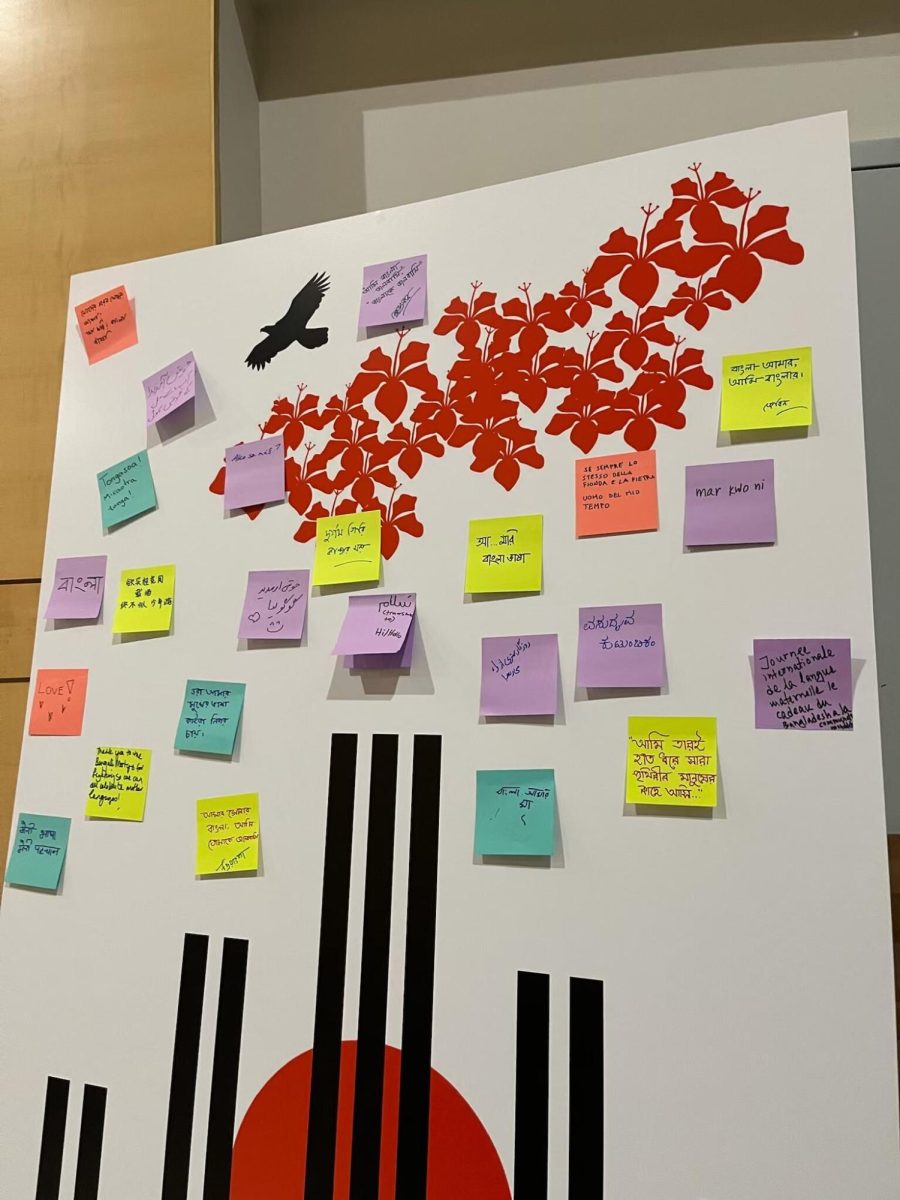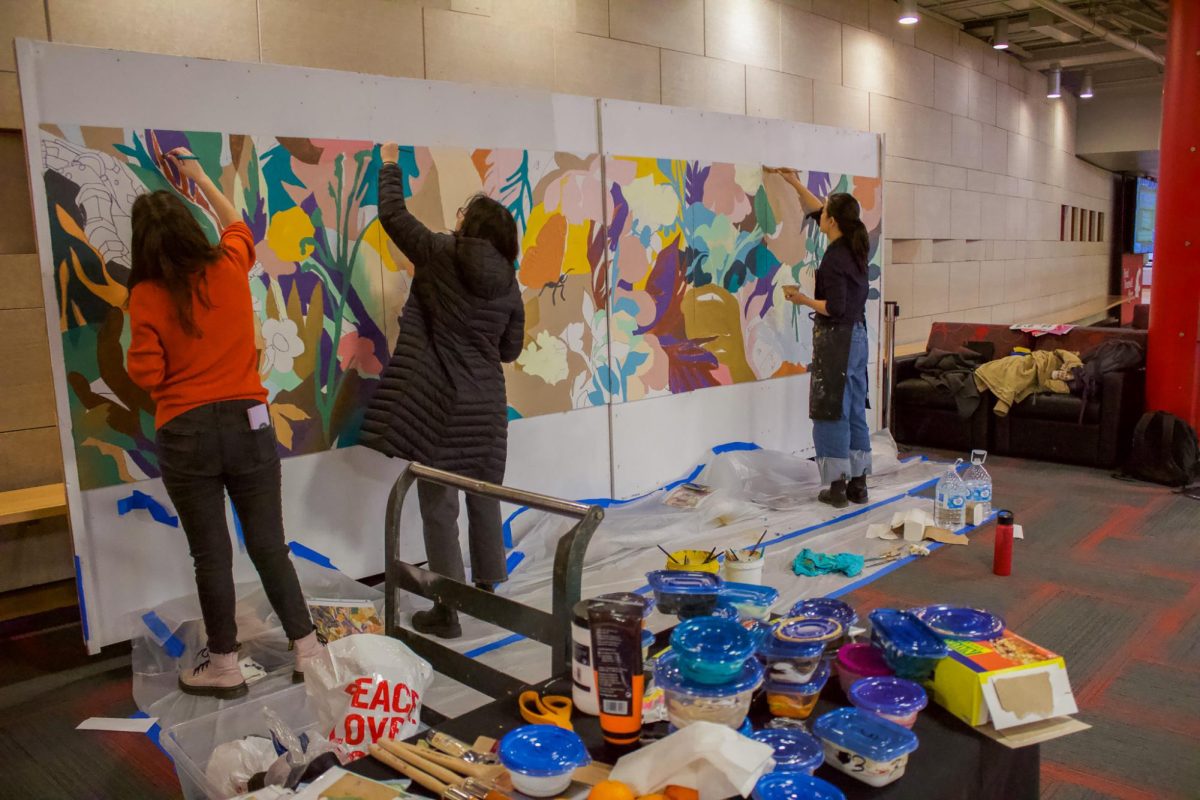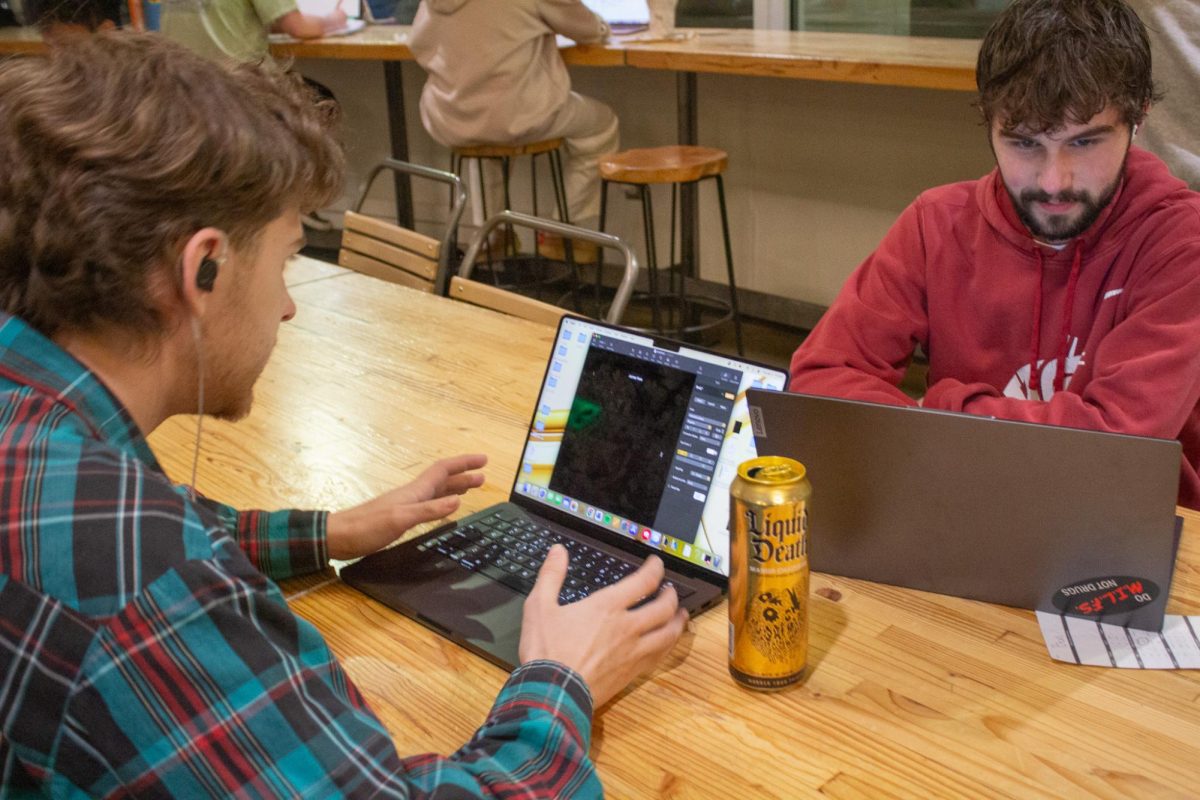The Pullman Depot Heritage Center, originally built in 1916 as the Northern Pacific Railroad Depot, sits on a prominent flat property in downtown Pullman.
“It’s over 100 years old, and there was concern the building could be at risk of demolition,” said Allison Munch-Rotolo, College Hill Association co-chair and a volunteer at the Pullman Depot Heritage Center.
In 2018, the Whitman County Historical Society purchased the depot to preserve it, she said.
“In a rural, isolated area like Whitman County, development wasn’t really possible until the railroads arrived,” Munch-Rotolo said.
Agriculture, particularly wheat production, was the dominant industry, and the railroads were essential for transporting those commodities—Pullman’s development is tied to the railroads, Munch-Rotolo said.
“Whitman County might have been called the ‘Breadbasket of Washington,’” she said.
Before automobiles, railroads were also crucial for transporting WSU students and faculty, Munch-Rotolo said.
“The history of trains and the development of the Palouse are completely tied together. We’re hopeful this will become a focal point in downtown Pullman and set a tone for restoring buildings and reviving history rather than tearing everything down,” said Linda Hackbarth, Pullman Depot Heritage Center chair.
As part of the building’s restoration after 2018, the committee relocated three train cars, Hackbarth said. Two families paid for the removal, with one car moved near Colfax and the other to Moscow.
Two grants from the Washington State Historical Society helped finance the restoration work, which began in 2021, Hackbarth said.
The project has five phases, and it is currently in the first phase, called “Securing the Envelope,” Munch-Rotolo said. This phase includes masonry work, roof and gutter repairs and window restorations, which are nearly complete, she said.
“We’re about 95 to 97% finished with the first phase,” Munch-Rotolo said.
The second phase will address the interior, including electrical work, plumbing, security systems and the installation of accessible restrooms, as planned by Design West Architects, a firm experienced in historic building restoration.
Munch-Rotolo said the original terrazzo floor in the lobby, which has some cracks, is also scheduled for repair.
A major challenge was determining the roof’s original color and material, Munch-Rotolo said. The building had a red metal roof, which was not original and costly to replace with prospective red clay tiles. However, an early photograph later confirmed that the roof had been green.
The original green tiles came from a supplier in Chicago, Hackbarth said. The committee tracked down the same provider, now based in New Lexington, Ohio, Munch-Rotolo said.
Installing tile roofing is uncommon in this region compared to the Southwest, which made it challenging to find contractors, she said.
“There was a lot of discussion within the committee about ‘restoring rather than replacing,’ in line with the Secretary of the Interior’s Standards for the Treatment of Historic Properties,” Munch-Rotolo said.
Recently, attention has shifted to the train cars, which are deteriorating faster than expected, Hackbarth said. A campaign in memory of Ken Vogel is focused on funding the cars’ restoration.
“It’s been an honor and a sacred duty to work with such a dedicated group of volunteers who want to ensure the depot lasts another 100 years,” Munch-Rotolo said.
















